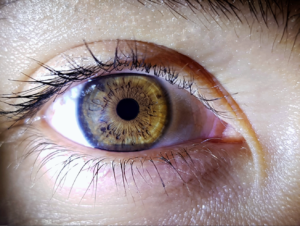Conquering Blepharitis: Expert Treatment Solutions in Staten Island for Healthier Eyes
As an ophthalmologist practicing in Staten Island, one of the most common conditions I encounter is Blepharitis. This chronic eye condition affects countless individuals and can be a source of great discomfort. Today, I want to shed light on the various causes of Blepharitis, with a special focus on Demodex infestations, and discuss advanced treatment options like Intense Pulsed Light (IPL) therapy.
Understanding Blepharitis
Blepharitis is a chronic eye condition characterized by inflammation of the eyelids. It can affect people of all ages and is often associated with uncomfortable symptoms such as redness, itching, burning, and a gritty sensation in the eyes. If left untreated, it can lead to more severe eye problems, including dry eye syndrome, styes, and even vision impairment.
Blepharitis: An Overview
Blepharitis is characterized by inflammation of the eyelids, which can lead to symptoms such as redness, itching, burning, and a gritty sensation in the eyes. While it may seem like a straightforward condition, the causes of Blepharitis can be diverse and complex. Understanding these causes is crucial for effective treatment.
Common Causes of Blepharitis
1. Bacterial Overgrowth: Bacteria, particularly Staphylococcus, can colonize the eyelid margins, leading to inflammation. This form of Blepharitis is known as anterior Blepharitis.
2. Meibomian Gland Dysfunction: Dysfunction of the meibomian glands, responsible for producing the oils that help keep our eyes lubricated, is a significant contributor to Blepharitis. This form is termed posterior Blepharitis.
3. Allergies: Allergies to various environmental factors, such as pollen or pet dander, can trigger Blepharitis symptoms in susceptible individuals.
4. Demodex Mites: Demodex folliculorum and Demodex brevis are microscopic mites that inhabit the hair follicles and sebaceous glands of our eyelids. An overpopulation of these mites can lead to Demodex Blepharitis.


